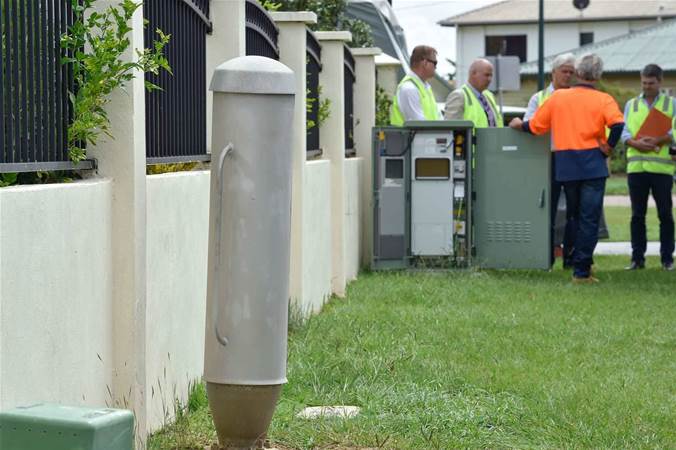Latest News
Cyber contracts not meeting boards' needs: Kaine Mathrick Tech CEO
Greater Western Water's billing system data issues laid bare
Finance to save $17m by 2029 through IT insourcing
"Don't think for a second that you can outsource your risk," warns Brennan's cyber chief
Retail technology is evolving fast – but integration remains the real battleground
Photos: A look inside an NBN exchange
The tech NBN deployed in Redlands, Queensland.
NBN built a hut behind the Telstra exchange in Redlands, Queensland after running out of room for equipment inside the main exchange building.
Andrew Sadauskas travelled to Queensland as a guest of NBN.
Copyright © iTnews.com.au . All rights reserved.




































